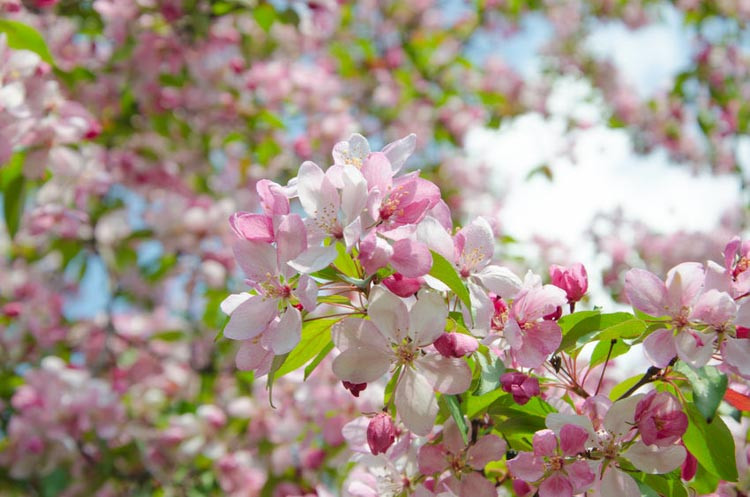Malus (Crab Apple) - Expert Tips for Gardening Success
Crab apple trees, belonging to the Malus genus, are prized for their beautiful spring blossoms and versatile gardening use. Here are some expert tips to ensure gardening success with these stunning trees:
Right Variety: Choose a crab apple variety that suits your landscape size and aesthetic preferences. Varieties differ in flower color, fruit size, and tree shape.
Site Selection: Plant your crab apple in a location with full sun to partial shade. Ensure the site has well-draining soil to prevent root rot.
Soil Preparation: Crab apples prefer slightly acidic to neutral soil. Amend the soil with organic matter to improve fertility and drainage.
Watering: Young trees require consistent moisture, especially in dry periods. Mature trees are drought-tolerant but benefit from occasional deep watering.
Mulching: Apply a 2-3 inch layer of organic mulch around the base of the tree to retain soil moisture and suppress weeds.
Pruning: Prune in late winter or early spring to remove dead or diseased wood and shape the tree. Avoid excessive pruning as crab apples naturally have a pleasing shape.
Fertilizing: Apply a balanced, slow-release fertilizer in spring. Over-fertilizing can lead to excessive growth and fewer flowers.
Pest and Disease Control: Monitor for diseases like apple scab, fireblight, cedar apple rust and powdery mildew, . Apply appropriate treatments as needed, and consider planting disease-resistant varieties.

